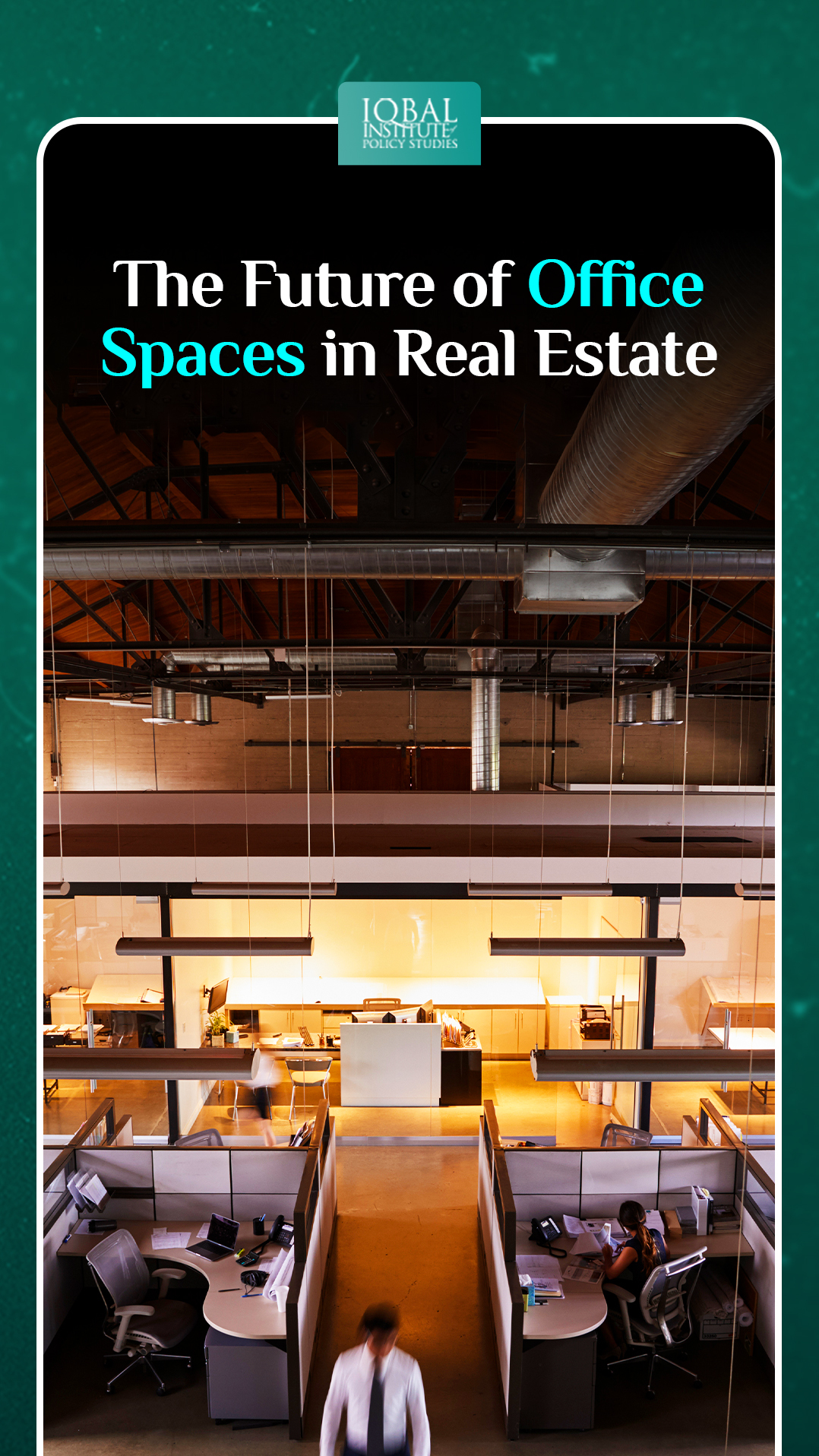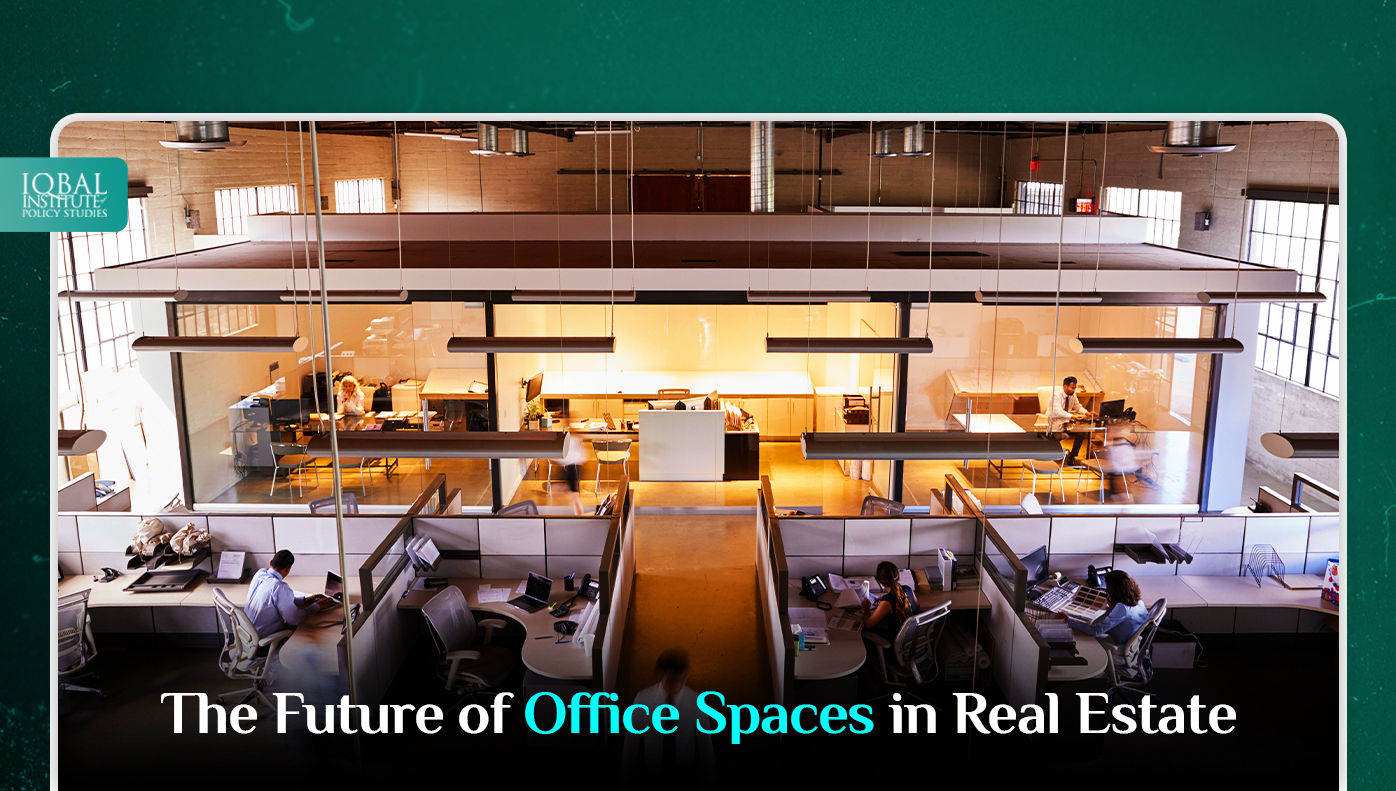Introduction
The COVID-19 pandemic has undoubtedly transformed various aspects of our lives, and one significant area that has experienced a seismic shift is the concept of office spaces. With the sudden surge in remote work, companies were forced to adapt to new ways of operating, which has had a profound impact on the traditional office setup. In this blog post, we will comprehensively discuss the future of office spaces, exploring the changes brought about by the pandemic and how they have reshaped the landscape of work environments. Specifically, we will examine the rise of remote work, the emergence of hybrid models, the adoption of flexible leasing arrangements, and the evolving needs of tenants.
The Rise of Remote Work
The COVID-19 pandemic played the role of a catalyst for the widespread adoption of remote work. Organizations across industries quickly implemented remote work policies to ensure business continuity while ensuring the safety and well-being of their employees. As the pandemic unfolded, remote work proved successful, leading many companies to consider making it a permanent option.
Remote work offers several advantages, such as increased flexibility, reduced commuting time, and improved work-life balance. It also enables companies to tap into a global talent pool and reduce real estate costs. However, it also presents challenges such as maintaining collaboration, communication, and employee well-being. As a result, organizations have had to invest in digital infrastructure, virtual collaboration tools, and remote management practices to ensure remote teams remain productive and engaged.
The Emergence of Hybrid Models
As the world gradually recovers from the pandemic, many organizations are adopting hybrid work models, combining remote work with in-person office time. Hybrid models allow companies to retain the benefits of remote work while facilitating collaboration, social interaction, and creativity that can arise from in-person collaboration. This approach will enable employees to choose where and when they work, striking a balance between the advantages of remote work and the benefits of physical office spaces.
To support hybrid models, office spaces are transforming. More flexible and collaborative environments are replacing the traditional cubicle-style layout. The emphasis is on creating spaces that foster creativity, innovation, and teamwork, with dedicated areas for meetings, brainstorming sessions, and social interaction. This shift demands a reimagining of office design, incorporating elements that promote employee well-being and productivity.
Flexible Leasing Arrangements
The pandemic has also shifted leasing arrangements, with companies seeking more flexibility in their real estate commitments. Flexible leasing options like co-working spaces and shared offices have gained popularity. These arrangements allow businesses to scale their office space up or down per their needs, reducing costs and providing agility in uncertain times.
Co-working spaces offer the benefits of shared amenities, networking opportunities, and a vibrant community. They are particularly attractive to startups, freelancers, and small businesses seeking cost-effective alternatives to traditional office spaces. Large enterprises are also exploring flexible leasing options to accommodate remote and hybrid workforces, enabling them to establish satellite offices in different locations as needed.
Evolving Needs of Tenants
The COVID-19 pandemic has prompted a reevaluation of the needs and expectations of tenants. Office spaces are no longer merely a workplace; they are becoming spaces supporting employee well-being, collaboration, and creativity. Companies are prioritizing the provision of amenities such as outdoor spaces, wellness facilities, and flexible work arrangements to attract and retain talent.
Health and safety measures have taken centre stage, with increased emphasis on hygiene, ventilation, and social distancing protocols. Office spaces are being redesigned to incorporate touchless technologies, advanced air filtration systems, and flexible layouts for physical distancing. Companies are also investing in mental health initiatives, recognizing the importance of employee well-being in maintaining productivity and engagement.
Conclusion
The COVID-19 pandemic has profoundly reshaped the concept of office spaces. Remote work has become mainstream, leading to hybrid models combining the advantages of remote work with in-person collaboration. Flexible leasing arrangements, such as co-working spaces, have gained traction, offering organizations scalability and agility. Additionally, the evolving needs of tenants have highlighted the importance of employee well-being, collaboration, and safety in office environments. As we move forward, it is clear that the future of office spaces lies in adaptability, flexibility, and a focus on employee experience. The pandemic has accelerated changes already underway, forcing organizations to reimagine the purpose and design of their workspaces. While remote work is here to stay, the physical office will remain relevant as a space for collaboration, creativity, and connection. The future of office spaces will continue to evolve through a careful balance of remote and in-person work, thoughtful design, and an understanding of growing tenant needs.
This article is written by Radma Nouman. Radma is a Research Analyst at the Iqbal Institute of Policy Studies (IIPS).



Leave a Reply